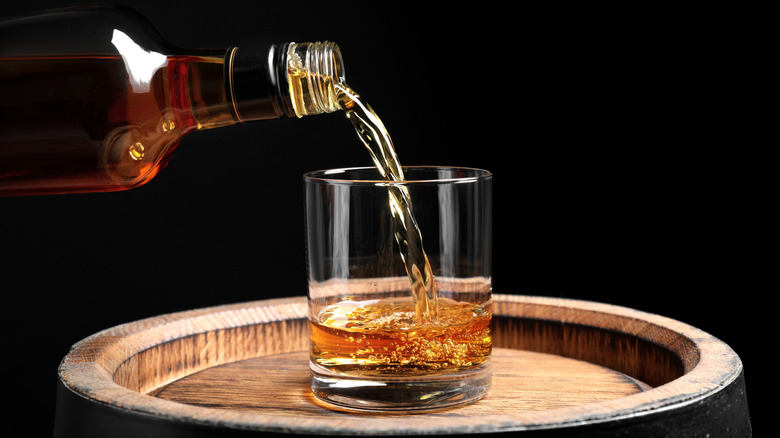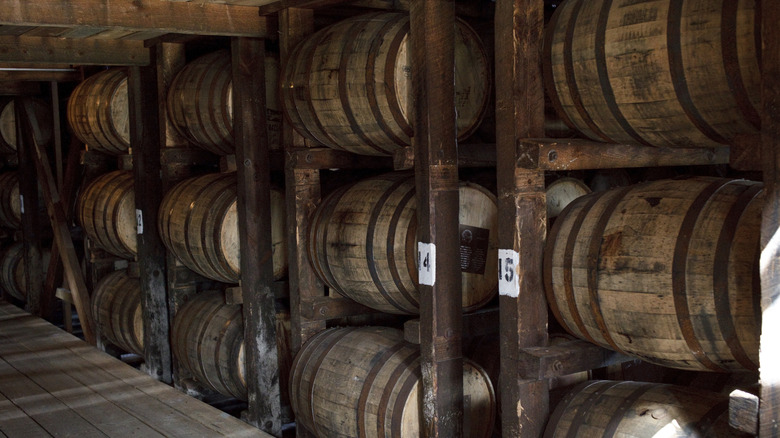Does Bourbon Really Get Better With Age?
Bourbon is a story captured in a bottle. Every day spent in the barrel further deepens its character. From the moment raw distillate meets charred oak to the day it's poured into a Glencairn glass, bourbon undergoes a unique transformation, carrying the legacy of a tradition that dates back centuries. Bourbon's roots trace back to the late 1700s and early 1800s, when European settlers began making whiskey from native corn. The innovation that set bourbon apart was aging it in charred oak barrels. Throughout generations, bourbon matured into a hallmark of American craftsmanship, protected by strict regulations that define its production.
The passage of time is essential to bourbon's narrative. However, age doesn't always mean better whiskey — one of several myths about the beloved spirit. In its youth, bourbon carries strong caramel, vanilla, and spice notes, but as it matures, the wood adds an even smoother complexity. If left in the barrel too long, though, the wood can dominate, leading to an overly tannic, bitter profile. This phenomenon, known as "over-aging," is why master distillers meticulously monitor their barrels, searching for the sweet spot — ranging between five and fifteen years — when the bourbon reaches its peak expression.
Aging has its limits for bourbon
The bourbon-making process is as intricate as the drink itself is sophisticated. By U.S. law, bourbon must be aged in new charred oak barrels for at least two years. The intense heat used to char the barrel caramelizes the wood's natural sugars. Then, as the bourbon rests, it seeps into the wood's pores, drawing out tannins, vanillin, and other compounds that define its iconic taste. This dynamic interaction is influenced by the changing seasons. For instance, warm temperatures cause the liquid to expand, pushing it deeper into the wood, while cooler weather draws it back out, allowing the bourbon to extract flavors in cycles. This natural rhythm imparts layers of vanilla, caramel, spice, and fruit, converting the amber-colored spirit into a richer, more refined drink.
Some distilleries experiment with extended aging, offering special releases that push the limits of time to explore how bourbon evolves. While these bourbons can be remarkable, they also highlight the delicate balance between patience and precision. Whether enjoyed neat, on the rocks, or in a cocktail such as a classic old fashioned or hot toddy, bourbon proudly carries the depth of its journey, which begins well before it ever meets the glass.

